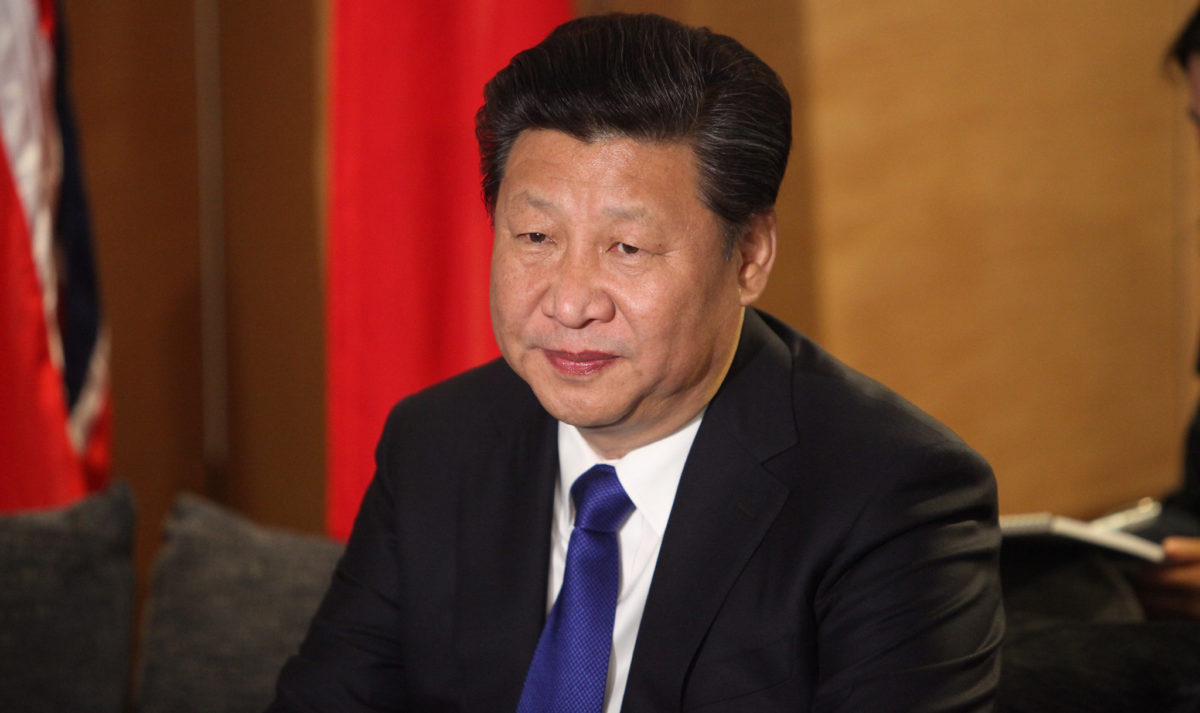With China having yet to open up on how it intends to reach the net-zero 2060 goal dramatically announced by president Xi Jinping in a speech to the UN a fortnight ago, U.S.-owned analyst Wood Mackenzie has estimated the nation will need to install 1,905 GW of solar generation capacity by mid-century to achieve its goal.
The analyst, which said 2,238 GW of wind and 896 GW of energy storage capacity would also be needed, has estimated the bill could come in at more than $5 trillion.
Prakash Sharma, WoodMac's Asia-Pacific head of markets and transitions, said there is little prospect of China enacting a full coal exit, as other nations have done, because of the societal impact of removing the country's vast coal industry.
Carbon capture
Instead, said Sharma, China will have to lean heavily on carbon capture and storage (CCS) technology for continuing coal and gas-fired power generation. If not, he said, removing emissions from industry and transport will be “nearly impossible.” The nation will also have to use extensive forest ‘carbon sinks', said the analyst today.
The need to be a CCS pioneer, Sharma suggested, is likely to mean the 150 million tons of hydrogen which would need to be generated in China by mid century to decarbonize industry and transport, would consist of just as much fossil fuel-based gas as renewables-driven. The split envisioned by WoodMac in its ‘AET-2' mid-term forecast for China is half green hydrogen and half blue – with the latter referring to electrolysis powered by coal or gas plants fitted with CCS technology to capture and store carbon emissions.
The second of the three ‘accelerated energy transition' scenarios outlined by WoodMac in the Energy Transition Outlook 2020 report it published last month, moots an ambitious energy transition which would see China's emissions peak immediately and then rapidly decline to just above net-zero by mid-century. That would involve $109/ton of carbon price support by 2030 to incentivize cleaner industrial operations and would also see the 4 million electric vehicles (EVs) sold annually in the country today rise to 325 million by 2050, leading oil demand to collapse.
In terms of renewable energy generation, WoodMac suggested the nation's solar, wind and energy storage capacity would have to rise 11-fold to 5.04 TW by 2050, with total electricity generation set to rise to 18.84 PWh by that stage. A WoodMac spokesperson told pv magazine that would drive a need for 1.9 TW of solar within 30 years.
Few, if any details have emerged from Beijing to date on how the authorities will achieve net zero and it is anticipated the country's 14th five-year plan, which comes into effect from January 1, could tip heavily towards decarbonization.
This content is protected by copyright and may not be reused. If you want to cooperate with us and would like to reuse some of our content, please contact: editors@pv-magazine.com.




3 comments
By submitting this form you agree to pv magazine using your data for the purposes of publishing your comment.
Your personal data will only be disclosed or otherwise transmitted to third parties for the purposes of spam filtering or if this is necessary for technical maintenance of the website. Any other transfer to third parties will not take place unless this is justified on the basis of applicable data protection regulations or if pv magazine is legally obliged to do so.
You may revoke this consent at any time with effect for the future, in which case your personal data will be deleted immediately. Otherwise, your data will be deleted if pv magazine has processed your request or the purpose of data storage is fulfilled.
Further information on data privacy can be found in our Data Protection Policy.